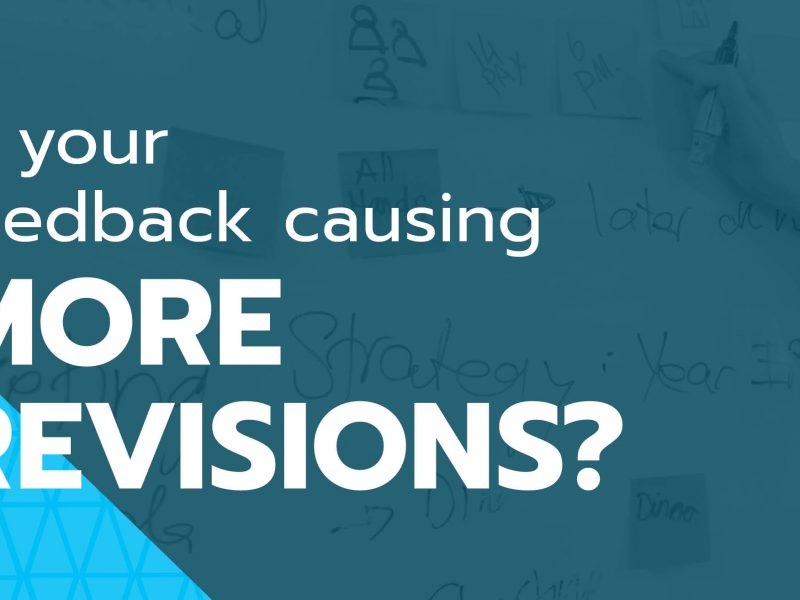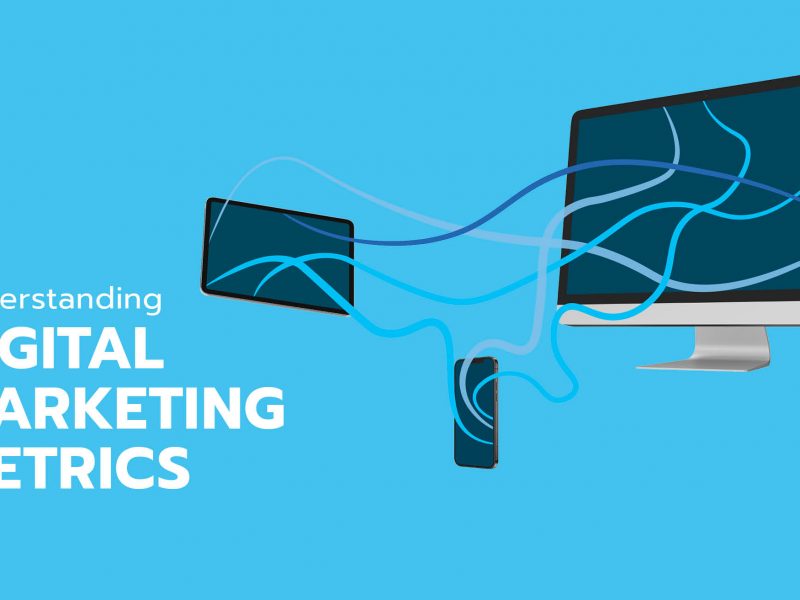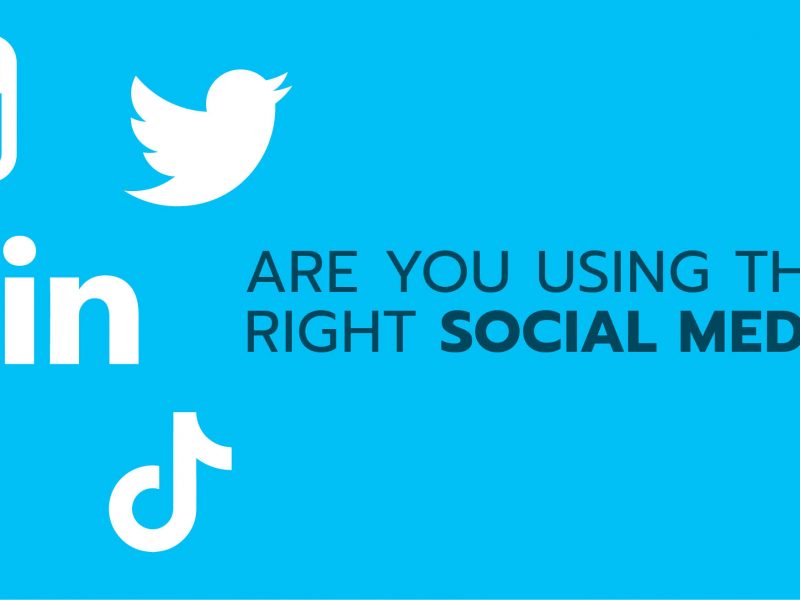
How We Can Apply Human-Centered Design Methods to Innovate in Crisis
In the wake of a global crisis, many businesses are forced to evolve their offerings to stay afloat and compete with startups. We’re seeing many companies adapt their practices to include take-out or delivery services, even though that was never a part of their business model. Traditional “office building” companies are shifting to remote working and physical schools to online learning. Will this continue post-COVID-19?
One way to answer this question is to look to human-centered design (HCD). HCD is a creative process that focuses on developing empathy for your user and tailoring a solution around their needs through the generation of many ideas and prototypes. It may seem like common sense to meet your users’ needs, but many companies base their product and service offerings around what they think the user needs without ever talking to or observing a user.
The HCD process is as follows: Empathize / Define / Ideate / Prototype / Test. Notice that in the very beginning, you are empathizing with your users, interviewing them, observing them, and getting to know their stories before you even define what they need and start generating ideas.
You can have a loosely defined problem in mind to give your project parameters but be open to shifting the scope of your project based on what you uncover in the empathize stage. Now that you know the HCD process, here are some ways to apply it.
Gaining Empathy in Design Sprints
It is possible to narrow the problem and go on a “design sprint”. Some projects utilizing the HCD methods can take some time to go through the steps, and time is a valuable, limited resource in crisis. Spending an hour in a grocery store right now can give you a lot of empathy from observing users.
For example, some users have masks, others do not. Some are avoiding the store altogether in favor of delivery. Some items are wiped out of stores completely. Some stores try to implement directional signage to maintain six-foot distances, but many users are confused and revert to their routine. What does this information tell you about the problem the user needs you to solve?
Service Design
A subset of HCD is service design or the design of organizations and internal infrastructure. We have seen service design happening on a large scale recently, as our government organizations remove some barriers to innovation in order to speed up the creation of medicines and vaccines to combat COVID-19.
Are there barriers in your business causing innovation to stall? Run the HCD process by empathizing with employees of all levels in your company and you might find a way to promote better collaboration or make your process more efficient.
Re-examining your Revenue Streams
I can’t think of a more relevant time to take a look at your revenue streams than now. Are they diverse enough to help your company fulfill your users’ needs, but narrow enough that your users do not lose focus of your core offering? Think of the HCD process and how you can diversify or narrow your products and services for your users.
Apple is a great example of doing both. They innovated to create more than just computers, but narrowed their focus to only a few core devices, then built a reputation around the quality of their offering. What if Apple had only stayed in computers and never examined their user? They developed iPods and iPhones before people even knew they needed them. What if Amazon had only stayed selling books? Can you imagine your life before 2-day shipping on any item you want?
This is how true innovation occurs: when companies are forced to adapt to the times and innovate to differentiate themselves in the competitive marketplace. But if you don’t consider the users’ needs, who will buy your product or service?





